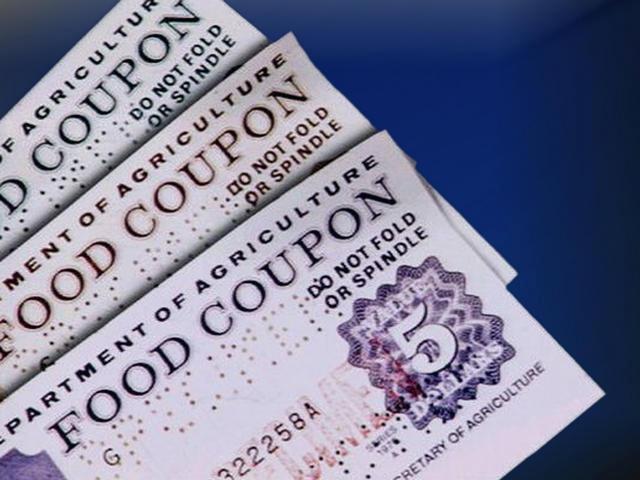In its latest “well-being” poll, Gallup reports the percentage of Americans struggling to afford food is at a seven-year low, an outcome it attributes to “the economic recovery.” Meanwhile, the number of Americans receiving food stamps is at an all-time high, as is the number of Americans no longer in the labor force.
Gallup states that during the first quarter of 2015, 15.8 percent of Americans surveyed indicated that in the last year they had struggled to afford food for their families.
“This is the lowest percentage measured since the Gallup-Healthways Well-Being Index started in 2008,” states the pollster, adding that in the first quarter of 2008, 16.4 percent of Americans reported not being able to afford food.
During the first quarter of 2014, 17.4 percent of Americans reported struggling for food, according to Gallup.
“Blacks, Asians, younger Americans and lower-income Americans saw the most improvement in their ability to afford food,” states the poll.
According to the survey, Americans with an annual household income of less than $24,000 saw a 2 percent decrease in the percentage struggling for food over the past year, from 39.9 percent in the first quarter of 2014 to 37.9 percent in the first quarter of 2015. Those earning between $24,000 to $47,000 annually saw a decrease of 1.6 percentage points in the number struggling to afford food from 19.7 percent in 2014 to 18.1 percent in 2015.
When race and ethnicity is a factor, Gallup found whites went from 13.3 percent struggling to afford food in 2014 to 12.0 percent in 2015; blacks from 30.5 percent to 27.0 percent; Asians from 9.5 percent to 6.7 percent; and Hispanics from 25.2 percent to 23.9 percent.
“The percentage of Americans reporting an inability to afford food is the lowest it has been in seven years, an encouraging sign possibly indicating that those who previously struggled to meet this basic need are now feeling the positive effects of the economic recovery,” explains Gallup. “In addition to an improving U.S. job market, world food prices have declined since April 2014, which could be another possible explanation for the dip in the percentage of Americans reporting a struggle to afford food in the past 12 months.”
What Gallup does not appear to consider in its survey results is that food stamp usage during the Obama administration has risen to an all-time high.
“Food stamp usage is rising nationwide,” reported Food World News in November. “The figures are becoming unprecedented and they speak volumes of President Obama’s food policy. The usage of food stamps in the United States has reached an all time high after a continuous growth that has seen up to one in every five Americans enrolled on the program.”
The report continued:
More than 46 million Americans have been on the program for 35 straight months. Official data from the Department of Agriculture (USDA) showed that the food stamp program known as SNAP (Supplemental Nutrition Assistance Program) grew unprecedentally [sic] in terms of both enrollment and spending, from the time Obama took office. The official figure stands at 46 million Americans receiving $76.1 billion yearly. In 2010, the number was at 44 million. In 2009, nearly 39 million people were on the program. In 2000, the figure was 17 million.
Gallup explains its poll results in terms of an “improving U.S. job market,” at a time when a record 93,194,000 Americans were not in the labor force in April, according to the Bureau of Labor Statistics (BLS). In addition, though Gallup shows a 3.5 percent decrease in the percentage of blacks struggling to afford food, data released Friday by the BLS shows that the unemployment rate for African Americans was nearly twice the national average, and more than double the unemployment rate for whites last month.

COMMENTS
Please let us know if you're having issues with commenting.